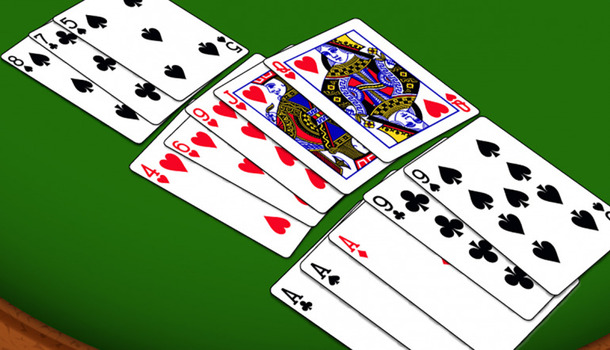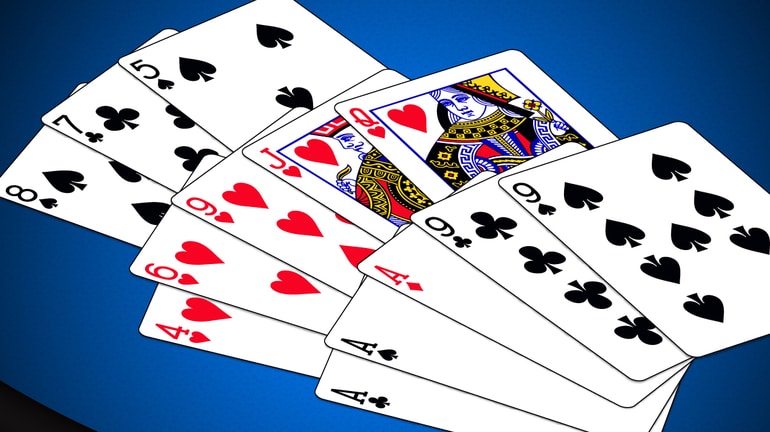
Unlocking the Secrets of Chinese Poker: A Comprehensive Guide
Among the rich tapestry of poker variations, Chinese Poker, often referred to as ‘Pusoy’ in some circles, stands out with its unique gameplay and strategy. Distinct from most poker games, Chinese Poker combines elements of traditional poker hand rankings with the intricate strategies of card arrangement. Whether you’re a seasoned poker player or a newcomer, this guide will set you on the path to mastering the delightful nuances of Chinese Poker.
Purpose of the Game
Chinese Poker challenges players to split their 13 cards into three separate hands: two containing 5 cards (often termed the “back” and “middle”) and one containing 3 cards (known as the “front”). The primary objective? Create three hands that, from front to back, increase in strength. Players then compare their hands with opponents, aiming to out-rank them in corresponding sections, thereby scoring points.
Players, Cards, Limits
- Players: Typically played with 2 to 4 players.
- Cards: A standard 52-card deck is used, devoid of jokers.
- Limits: There’s no betting or raising as in traditional poker. Instead, players agree on a monetary value per point prior to starting, ensuring that even without pots or bluffs, the stakes can be intriguingly high.
Card Distribution
Once the deck is shuffled, each player is dealt 13 cards. In some variations, the cards are dealt one at a time; in others, they’re dealt in small groups. It’s crucial for players to keep their cards concealed until all have arranged their hands and are ready for the reveal. Decision-making in card distribution is the heart of Chinese Poker; players must determine the optimal way to set their three hands to maximize potential points.

Basic Scoring System
At its core, scoring in Chinese Poker is about direct hand comparisons:
- Hand Comparisons: Starting with the front hand, players compare their 3-card hand with each opponent. The objective is to have the best hand, usually high cards, pairs, or three-of-a-kind. Then, the middle and back hands, both 5-card hands, are compared using standard poker hand rankings.
- Point Allocation: If your hand beats an opponent’s corresponding hand, you earn a point. Conversely, if your hand is weaker, you lose a point.
- Royalties/Bonuses: Beyond the basic scoring, players can earn extra points known as ‘royalties’ for particularly strong hands. For example, a straight or flush might grant additional points. However, setting your hands to chase royalties can be risky, as failing to progressively strengthen hands from front to back will result in a foul, penalizing the player.
- Fouling: If a player’s hands aren’t set in increasing strength (e.g., the middle hand is weaker than the front hand), they “foul” their hand, typically resulting in a penalty.
- Clearing: Some play with a rule that if a player wins all three hands against an opponent, they earn a bonus point, emphasizing the importance of balanced hand strength.
- Settlement: After all comparisons, players tally their points, settle any monetary exchanges based on the previously agreed value per point, and then embark on the next round.
Chinese Poker is a symphony of strategy, foresight, and risk-reward assessment. While it may seem intricate at first, the beauty lies in its depth. As with any poker variant, experience is the best teacher, so grab a deck, gather some friends, and immerse yourself in the captivating world of Chinese Poker.
